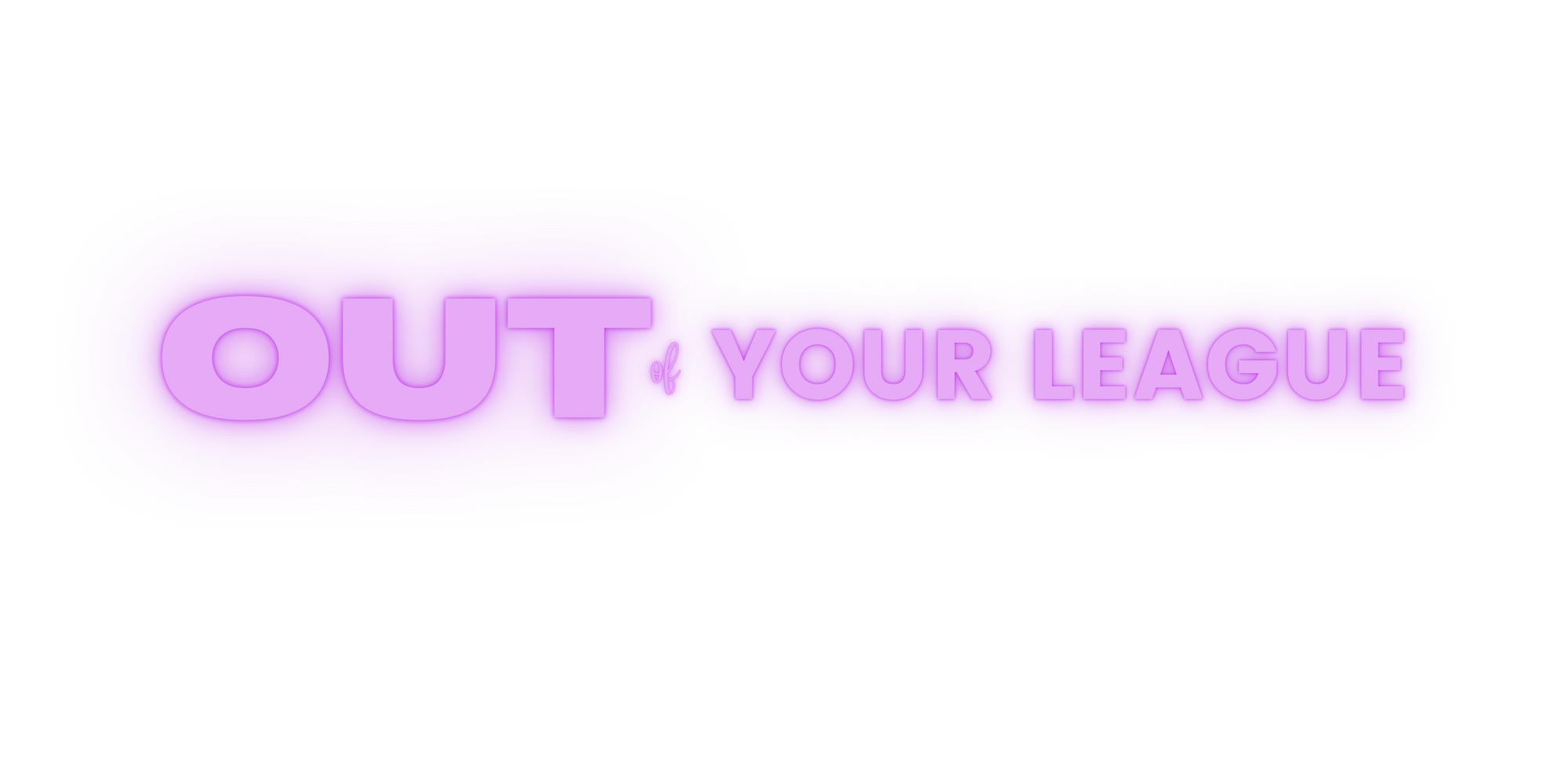the women whose history is entwined with the NFL
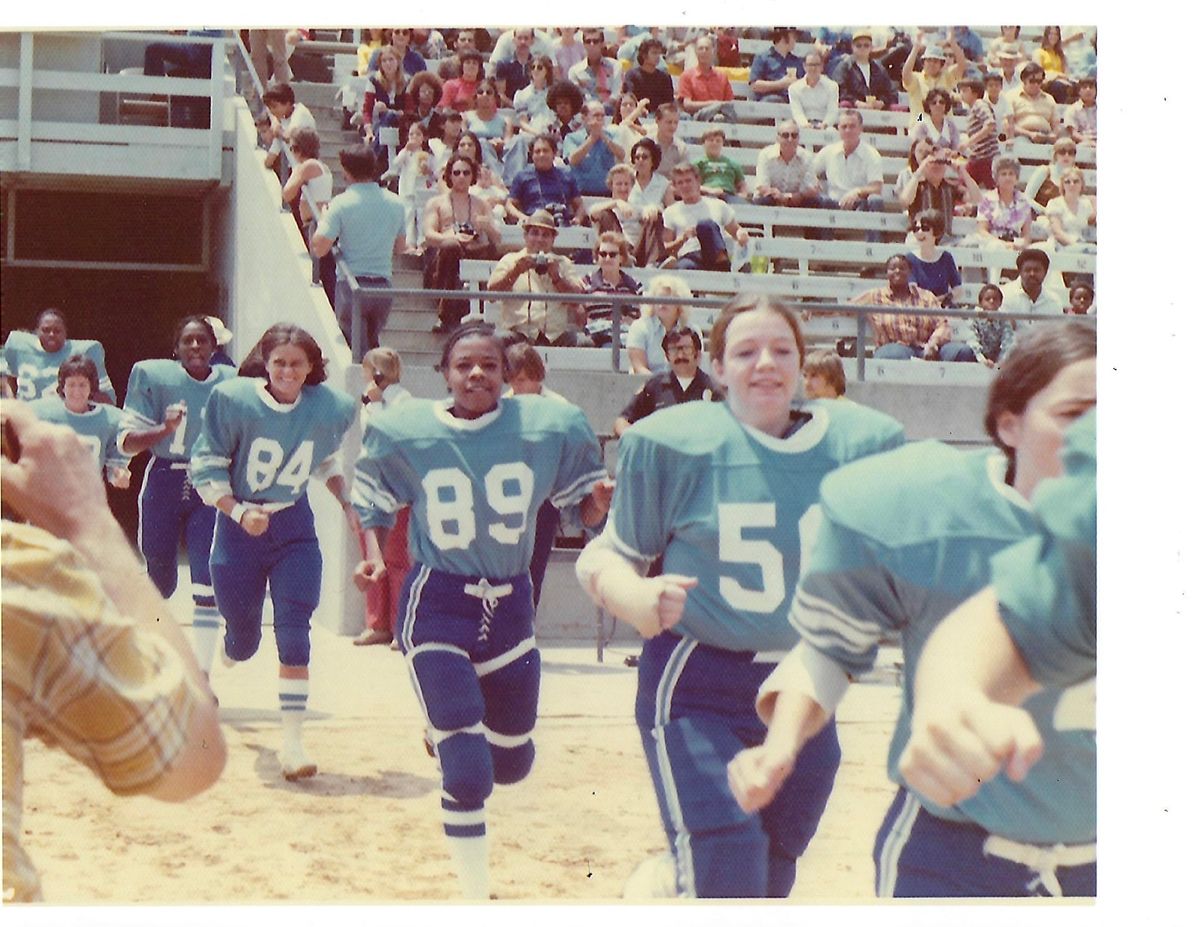
Happy Super Bowl weekend! Lyndsey and I have a Super Bowl Sunday event with the National Women's History Museum, which you can register for here. It's at 3 PM ET, so you have plenty of time to both attend our event and watch the big game afterward!
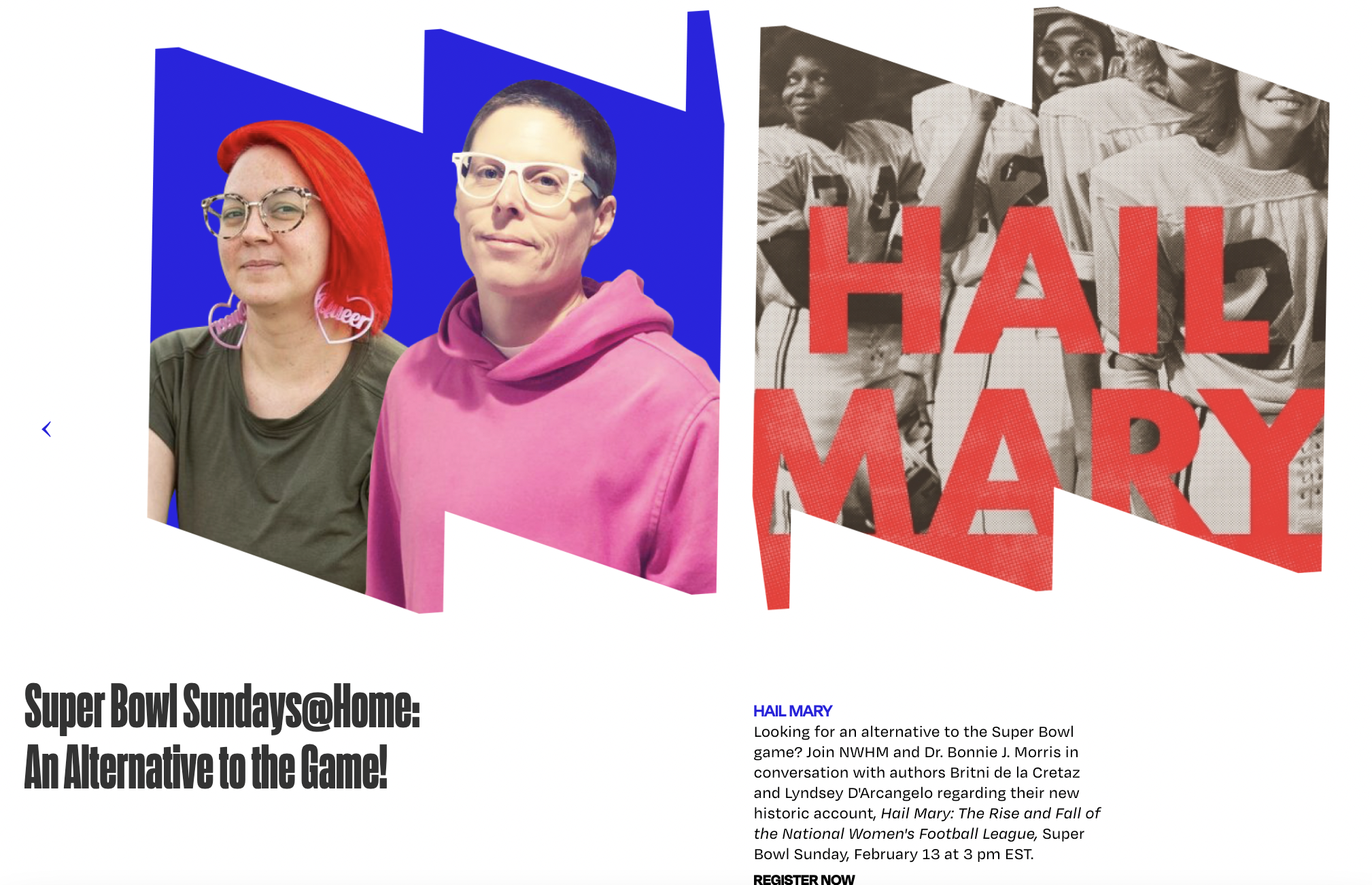
In recent years, the NFL has committed to investing in women, whether through hiring more women in front office and coaching roles or supporting pipeline and development programs to grow the girls' game. But women have had an impact on and been connected to the NFL for decades, much of which can be traced back to the National Women's Football League, the first pro women's football league in U.S. history. From 1974-1988, these women played in the shadows of the men in the NFL, while sometimes directly impacting the history of the men's game.
Here are some of the connections between the NWFL and the NFL.
Former NFL players coached women's teams when the NFL wouldn't hire Black coaches
In the women's teams that existed under promoter Sid Friedman in the years before the NWFL formed, retired NFL players were given coaching opportunities the league denied them because they were Black; the first Black head coaches in pro football history coached in the NWFL.
In 1967, Friedman was looking to start his first women's team, the USA Daredevils (later known as the Cleveland Daredevils). It just so happened that Marion Motley—an NFL star and former Cleveland Brown—was looking to get into coaching. A decade earlier, when he first retired from pro football in 1955, Motley had hoped to secure a coaching position with the Browns or with another NFL team. But his former team, and subsequently, the rest of the league, Motley surmised, discriminated against him because he was Black. Consequently, he wasn’t able to obtain a single coaching job. Motley was forced to find work elsewhere, working as a salesman, as a construction worker, and at the post office.
After years of inquiring about coaching positions and being rejected time and time again, a coaching opportunity finally opened up—only it wasn’t in the NFL. It was with Friedman’s startup Daredevils. The Cincinnati Enquirer announced his hiring with the condescending headline, “Who’s Gonna Guard Girdles?” as if to imply no one in their right mind would coach a women’s football team. Motley didn’t see the difference. For him, it was an opportunity to coach a team and one he welcomed.
In September 1968, Friedman added a new team to his growing collection: the Pittsburgh All-Stars. The team would later be coached by a retired NFL player: Charley Scales, former running back for the Pittsburgh Steelers.
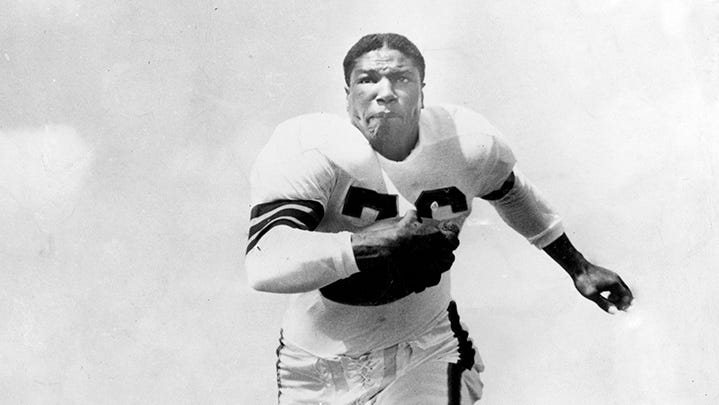
The first women to coach pro football were in the NWFL
The 12 women coaching in the NFL today stand on the shoulders of Paralee Adams, the Columbus Pacesetters player-turned-coach. Adams was one of the founding members of the Pacesetters and at 5' 2" and 118-pounds, she played both ways as a running back and defensive back. Adams transitioned into a coaching role, making her likely to be the first woman to ever coach professional football.
By 1988, the Pacesetters' final season, all three of the team’s coaches were former or current players: head coach Andie Dameron; Tina Adams, who joined the team in ’77; and Lore Thompson, who both played and coached that year.
In a 1975 article in the Columbus Citizen-Journal, reporter Sharon Abercrombie wrote that the team was coached by men “only because women haven’t been with the game long enough to learn the technicalities of coaching.” Adams’s transition into coaching in ’78, and the players who followed in her footsteps, are evidence that this is true. They demonstrate how important it is to have a development pipeline to create opportunities at all levels and in all positions of the sport. Most of the women who coach in the NFL today came up through the current semi-pro women's football leagues.
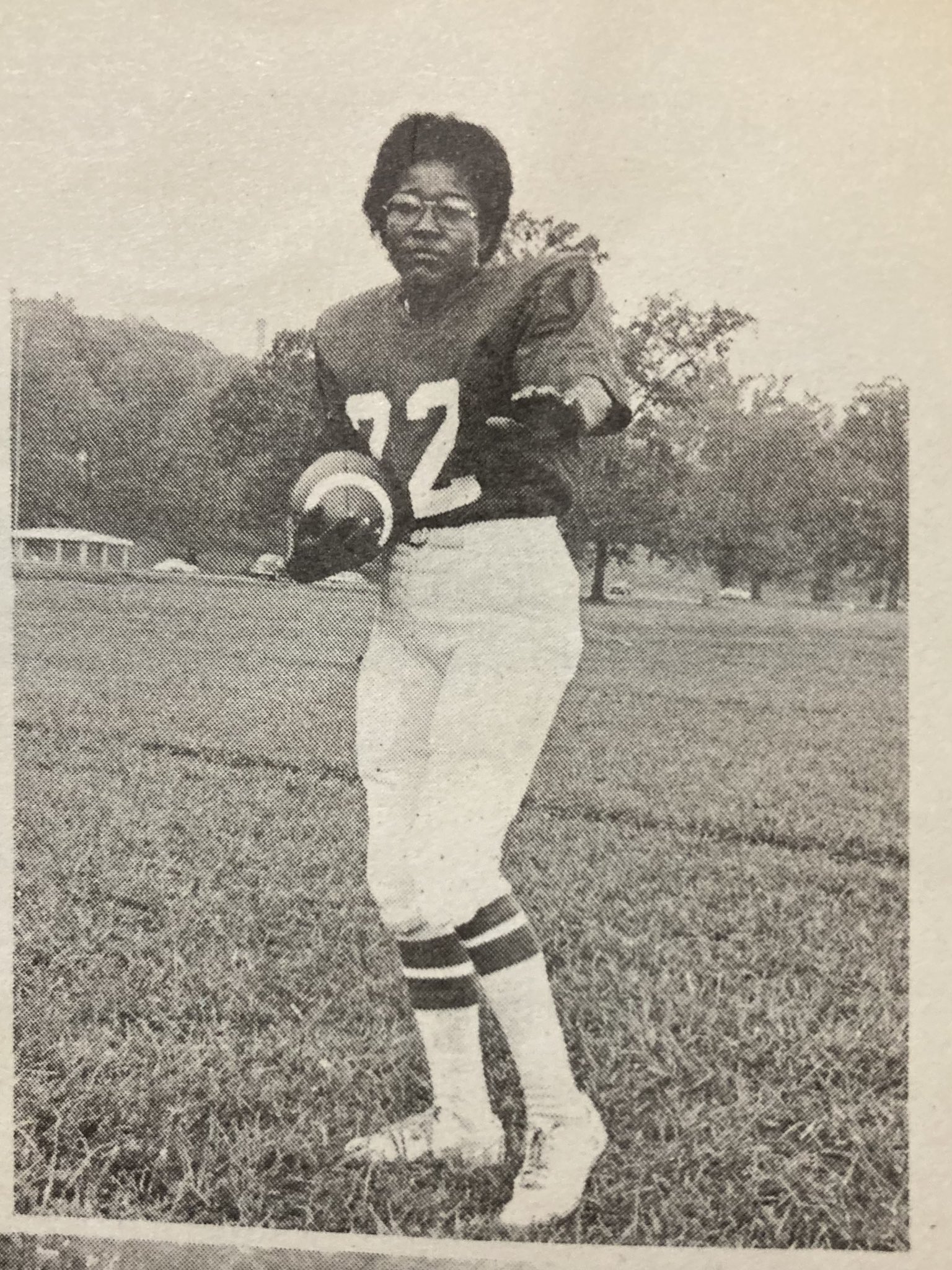
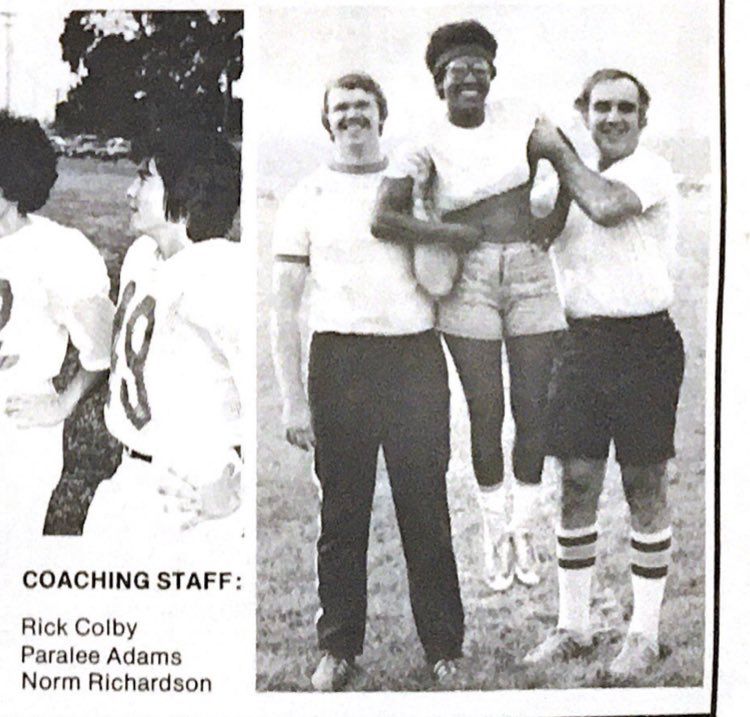
The Detroit Demons wore hand-me-down uniforms from the Lions
The Detroit Lions gave practice jerseys to the Detroit Demons. The Lions adopted the team for a season or two, allowing the players to attend practices but not providing any concrete financial or marketing support.
Those uniforms, which were already second-hand when they went to the Demons, were in use by NWFL teams for a decade. The Grand Rapids Carpenters joined the league in 1983 and their uniforms were hand-me-downs from the Battle Creek Rainbows, who had formed in 1980 and received the jerseys from the long-defunct Detroit Demons, who had been gifted them by the Detroit Lions back in 1974. A testament to how few resources the teams had is the fact that those secondhand practice uniforms were used for ten years across three teams.
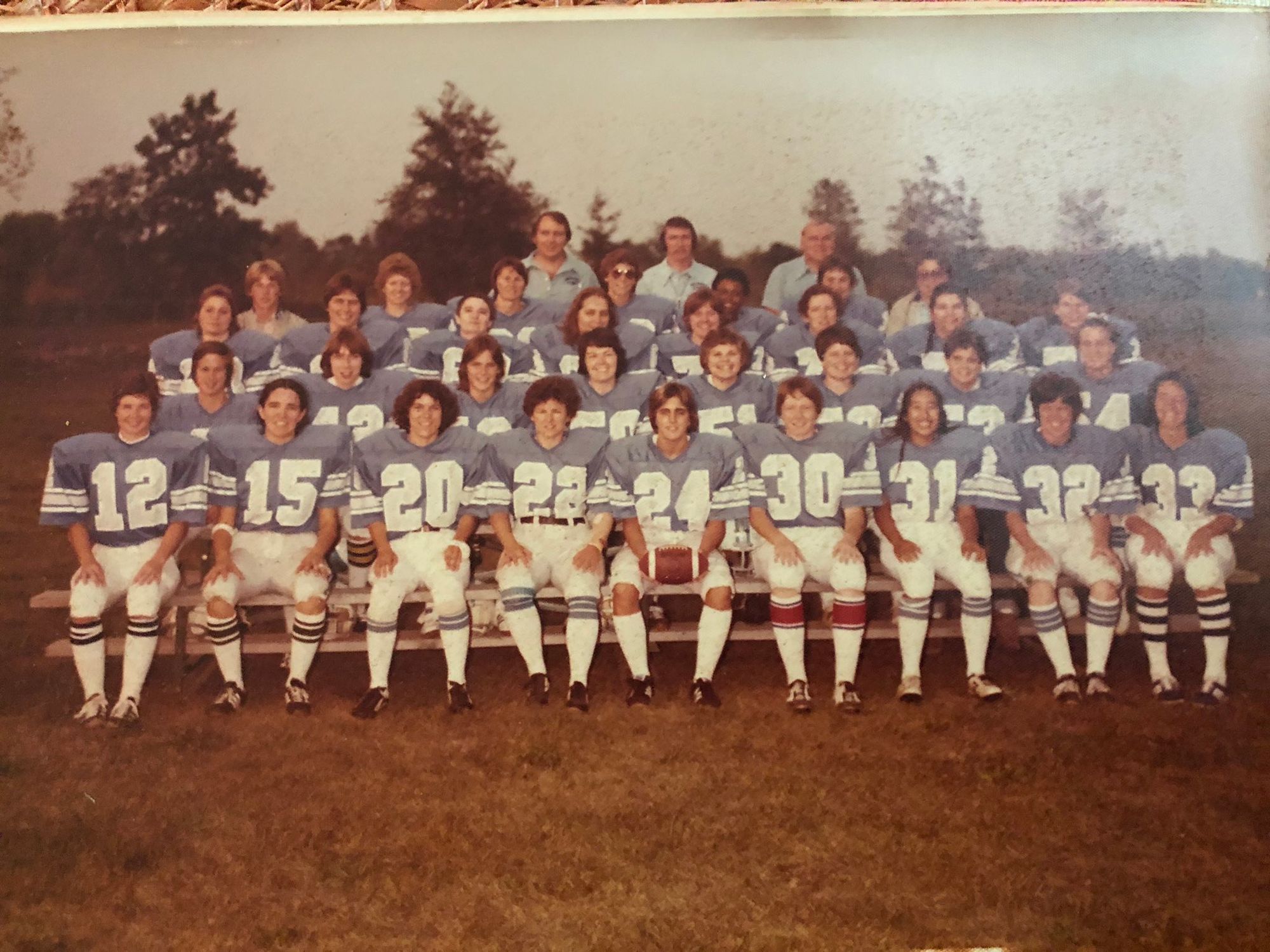
The Dallas Bluebonnets shared a venue with the Cowboys
The Dallas Bluebonnets shared Texas Stadium with the Cowboys. The venue held over 65,000 people, but just 2,842 people paid the three dollars to watch the Bluebonnets play their first game in 1973. To the Bluebonnets players, taking the same field as the Cowboys made them feel like they were on top of the world. They were playing in the same venue they watched their idols play in on TV, quite literally living out their dreams. It seemed like a sign that they were finally going to make it, that women were finally going to get the opportunity to play football at the level they deserved.
Early on, the Dallas Cowboys supported the Bluebonnets. It was a big deal to have the support of their NFL team, and at one point, they even had a pep rally together at Forester Field. Players like Harvey Martin and Roger Staubach stood onstage with the women, legitimizing a team that may have otherwise been considered a joke. The fact that they played in the same stadium sometimes made the Bluebonnets feel like the Cowboys’ “little sister team,” though it doesn’t seem that the team provided any other funding or support for the Bluebonnets.
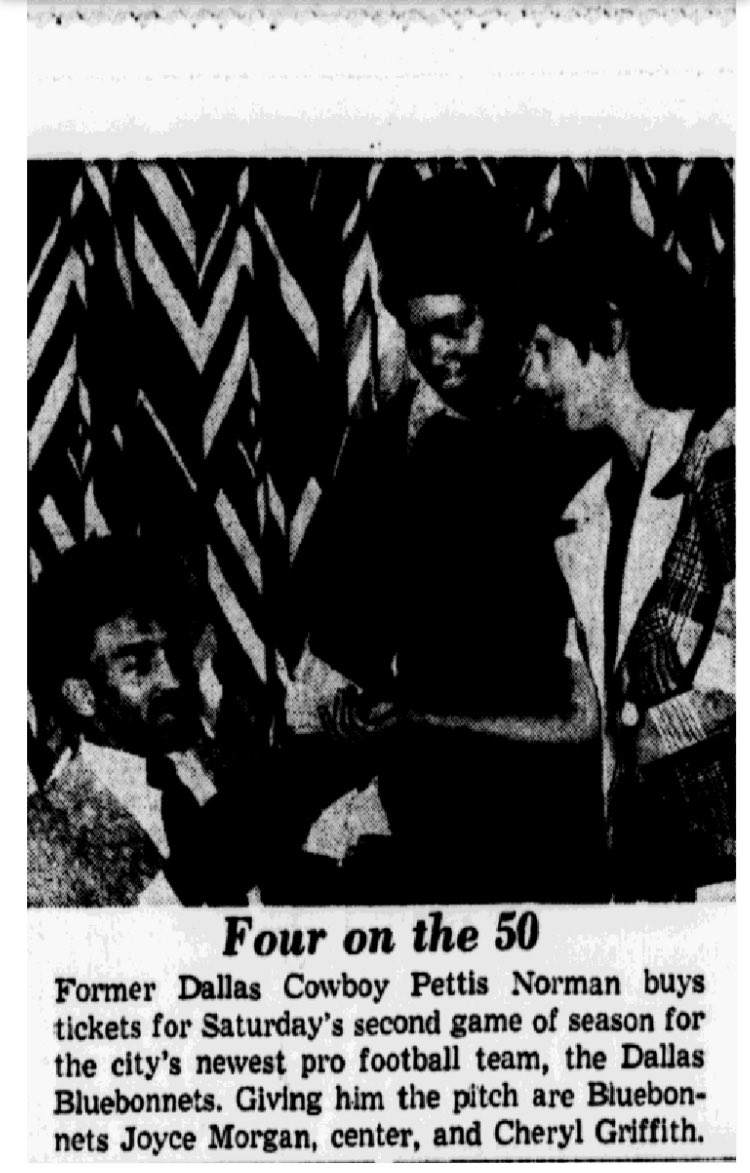
All in the family
And then there are the direct familial connections: Oklahoma City Dolls player Charlotte Gordon was the sister of former New England Patriot Rod Shoate. Gordon was adamant that she wasn’t following in her brother’s footsteps—“I’m setting a precedent,” she told the Daily Oklahoman. “I don’t like to be compared to them. . . . It’s not a hereditary thing. I just try to do my best.”
Los Angeles Dandelions player Barbara Patton had a son who grew up wanting to be just like his mom—and he is longtime Buffalo Bill Marvcus Patton.
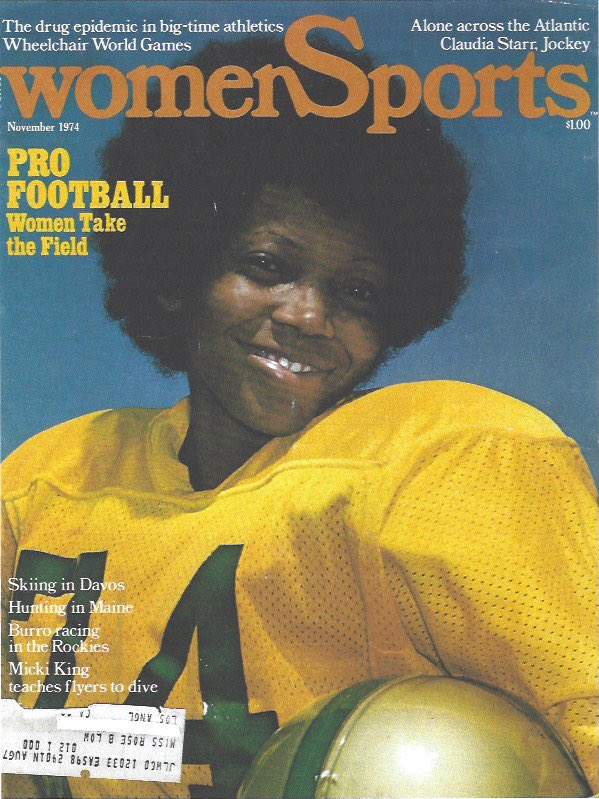
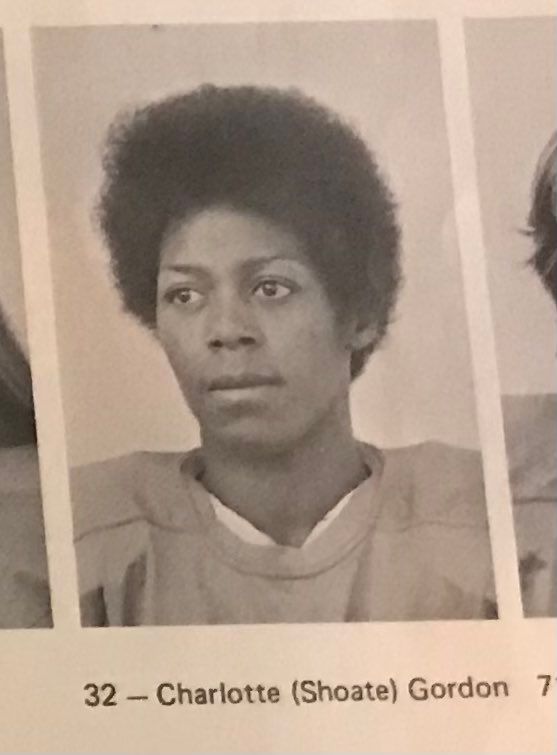
There are undoubtedly even more connections between these two leagues waiting to be discovered. With this year's Pro Football Hall of Fame announcements happening this week and the Super Bowl occurring this weekend, it's always worth reflecting on who gets credit for their role in history and which history is conveniently left out.
If you haven't purchased HAIL MARY yet, now would be a great time to do so (ideally from your favorite indie bookstore)! If you haven't been able to afford it, the Kindle edition of the book is currently $3.99 at Amazon through the end of February!
